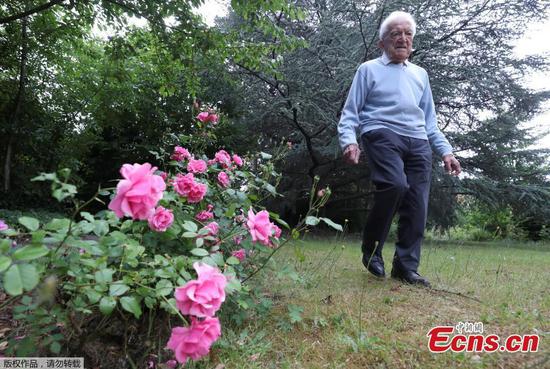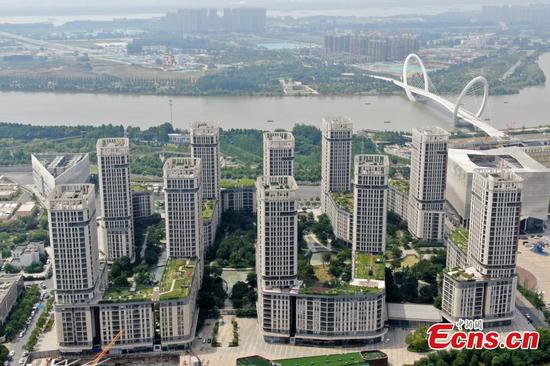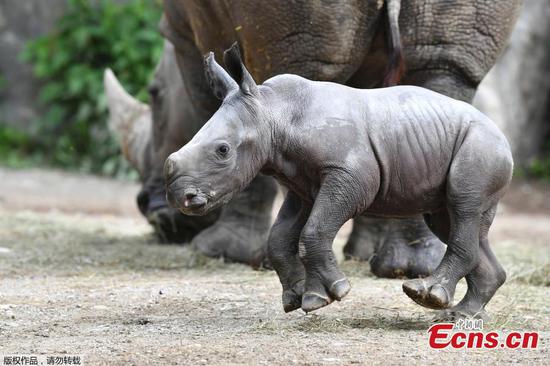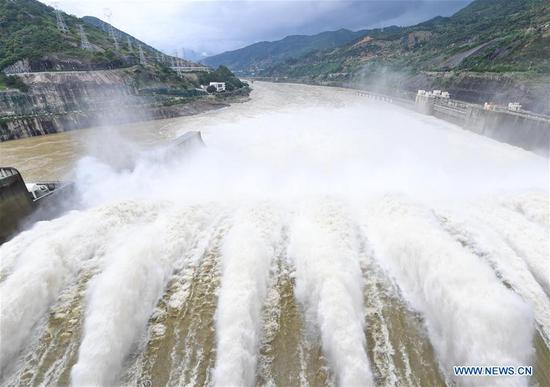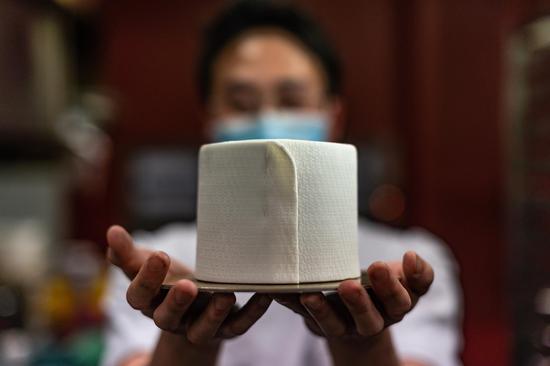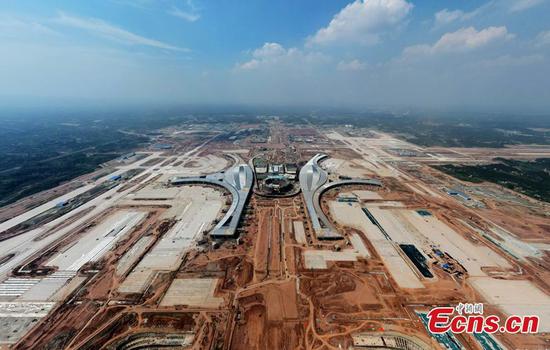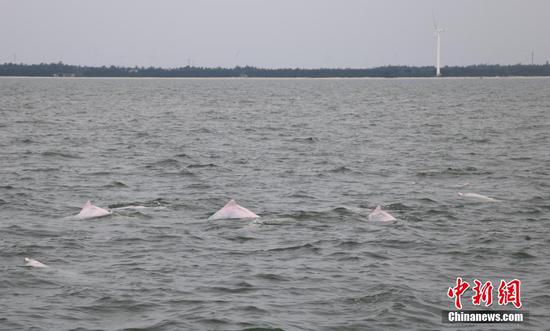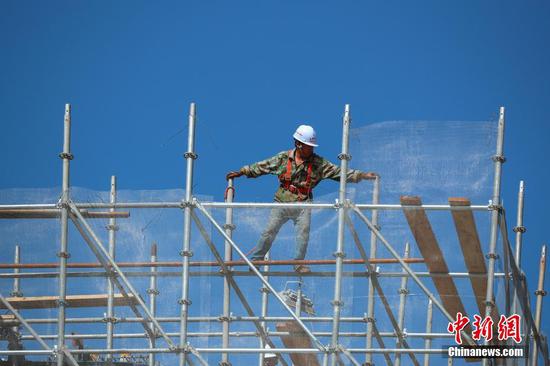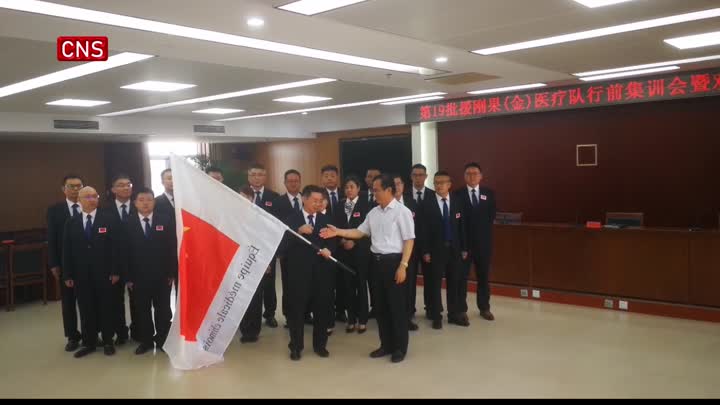
Villagers row a boat on Baiyangdian Lake in Xiongan New Area, Hebei province. (MAO HERAN/FOR CHINA DAILY)
China has managed to vastly reduce the emissions of some major pollutants from 2007 to 2017 while significantly beefing up pollutant disposal capabilities, a senior environmental official said on Wednesday.
From 2007 to 2017, the emissions of sulfur dioxide, chemical oxygen demand and oxynitride went down by 72 percent, 46 percent and 34 percent respectively, Vice-minister of Ecology and Environment Zhao Yingmin said at a news conference for the release of the Bulletin on the Second National Census of Pollution Sources.
"This shows the great achievements China has made in its pollution control campaign in recent years," he said at the conference organized by the State Council Information Office.
He also said that despite continuous increases in their outputs, major industrial sectors in the country have seen emissions of major pollutants decline significantly thanks to the country's efforts to optimize industrial structures.
While the outputs of papermaking and steel, for example, went up by 61 percent and 50 percent respectively from 2007 to 2017, the number of companies in the two sectors decreased by 24 percent and 50 percent, he noted.
Meanwhile, the emission of chemical oxygen demand from papermaking plummeted by 84 percent during that time. The discharge of sulfur dioxide in the steel industry also dropped by 54 percent, he added.
"The quality of economic development in the 10 years has been enhanced," he said.
He said the country has also seen its pollutant disposal capability intensify. The numbers of facilities for industrial sewage disposal, desulfuration and dust extraction in industrial companies across the country by the end of 2017 were 2.4, 3.3 and five times their numbers by the end of 2007.










